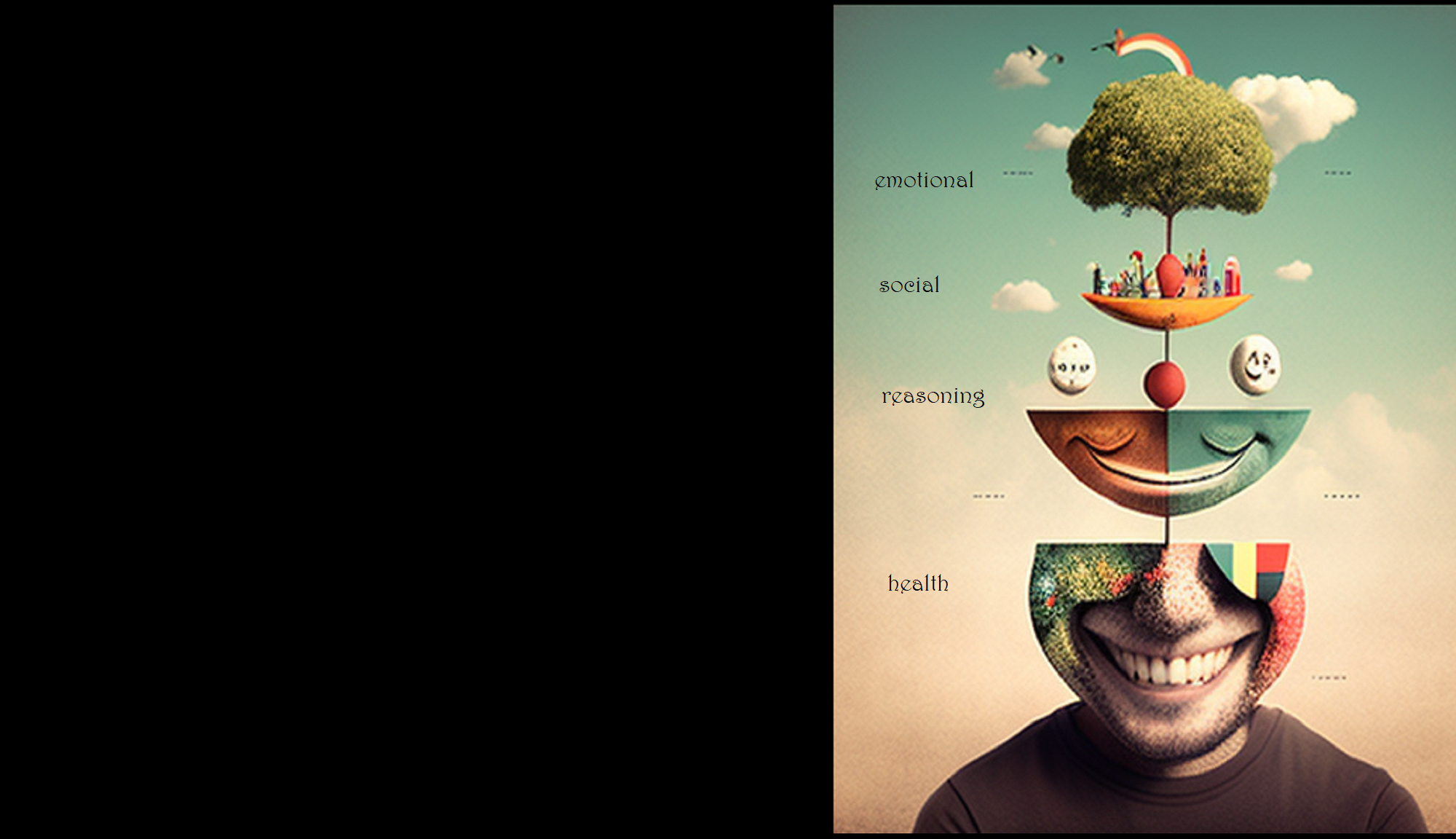Reading common emotional tells in body language can provide insight into what someone is feeling, even when their words say something else. Here are some common cues for different emotions:
Happiness ????
* Genuine Smile: A real, or “Duchenne,” smile involves not just the mouth but also the muscles around the eyes, creating crinkles or “crow’s feet.” It’s hard to fake and indicates true joy.
* Open Posture: A happy person will often have an open, relaxed posture with uncrossed arms and legs, signaling they are comfortable and approachable.
* Bright Eyes: Their eyes may appear bright and engaged, and they will likely maintain good, consistent eye contact.
Anger ????
* Tense Muscles: Anger often causes physical tension. You might see a clenched jaw, tightened lips, or furrowed brows.
* Clenched Fists: A classic sign of suppressed or overt anger is a person balling their hands into fists.
* Defensive Posture: The body may become rigid, with a squared-off stance or leaning forward aggressively. They might also point their finger to express blame or frustration.
* Flared Nostrils: In intense anger, nostrils may flare, a physiological response connected to the “fight” aspect of the fight-or-flight response.
Sadness ????
* Slumped Posture: A person who is sad may have a slouched or hunched posture, as if folding in on themselves. Their head may be lowered or “hanging.”
* Drooping Features: The facial expression of sadness often includes drooping eyelids and a downturned mouth.
* Limited Movement: They might have slower movements and less hand gesturing. They may also avoid eye contact and move away from others.
Fear/Anxiety ????
* Increased Fidgeting: Nervousness can lead to excessive fidgeting, such as tapping fingers, bouncing a leg, or fiddling with objects.
* Closed Body Language: To protect themselves, a person might cross their arms tightly or engage in self-hugging. They may also physically create distance from others.
* Shifty Eyes: They might have a shifty gaze, avoiding eye contact or darting their eyes around the room as if looking for a way out.
* Physiological Changes: Fear triggers the fight-or-flight response, which can cause increased heart rate, shallow breathing, and trembling in the hands, lips, or voice.
Surprise ????
* Raised Eyebrows: This is one of the most distinctive signs of surprise. The eyebrows are raised high, and the forehead may wrinkle horizontally.
* Wide Eyes: The eyes widen, and both the upper and lower eyelids are raised, often exposing the white parts of the eye above and below the iris.
* Open Mouth: The jaw may drop, leaving the mouth open in an “O” shape, often without any tension in the lips or cheeks.
It’s important to remember that these are general cues, and context is key. What might be a sign of nervousness for one person could be a normal habit for another.
For a deeper dive into reading micro-expressions, this video explains how to recognize subtle facial cues. How to Read Micro Expression of Sadness
YouTube video views will be stored in your YouTube History, and your data will be stored and used by YouTube according to its Terms of Service
